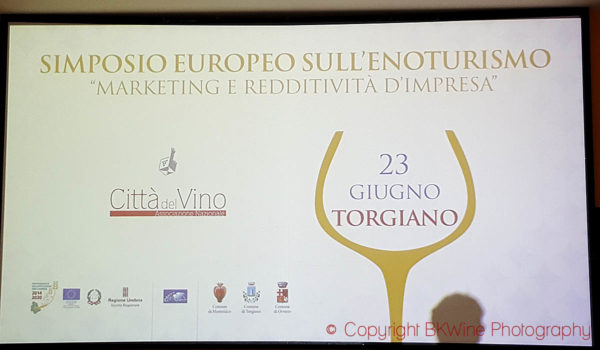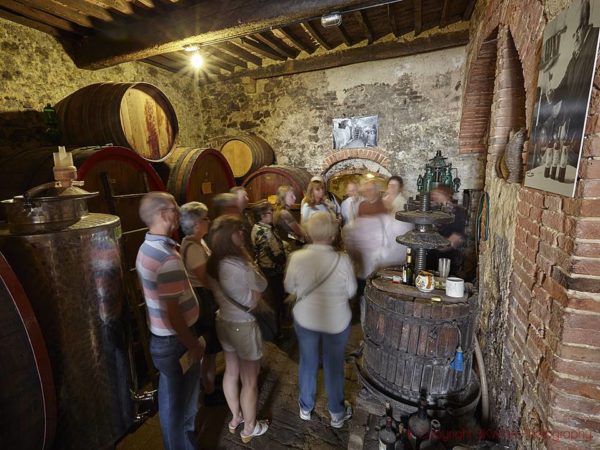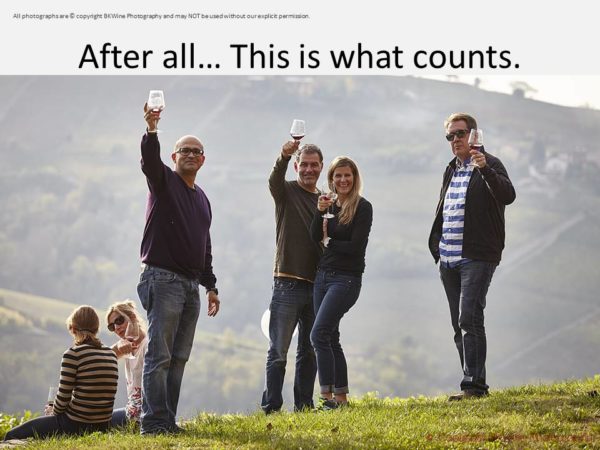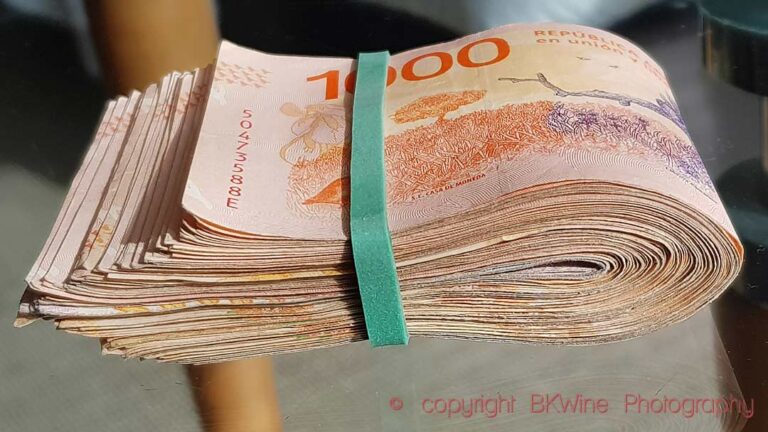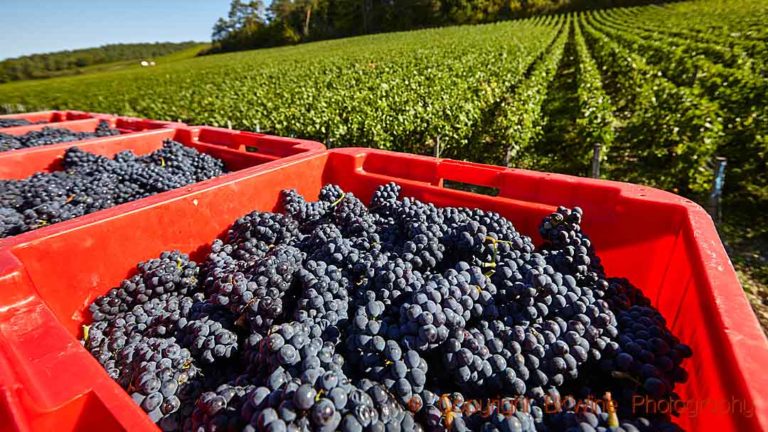More and more wineries and wine regions launch into wine tourism. All sorts and flavours of wine tourism projects pop up in the wine regions. This is not surprising considering how much money and reputation is involved. It is not easy to get good numbers on the economic effects of wine tourism but one estimate points to that it contributes 2 billion dollars annually to the Californian economy alone.
But the direct revenues are perhaps not even the most important aspect of wine tourism. The long term effects of marketing and brand building is probably even more vital for the survival of a winery and of a wine region.
I was recently invited to speak at the Citta del Vino European Symposium on Wine Tourism, in Torgiano in Umbria in Italy. They had asked me to talk about my experiences from across the world and give examples of successful wine tourism projects. I do have a bit of experience. I visit around 200 wineries in a normal year. Sometimes more.
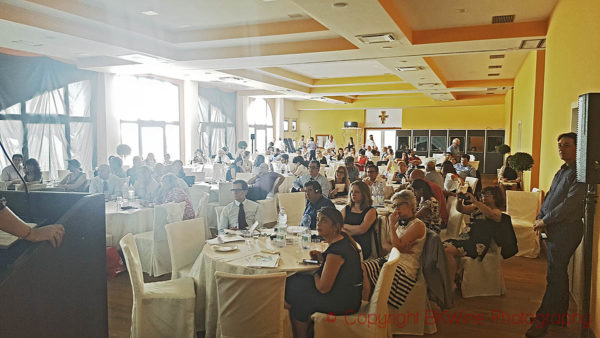
You can read the full conference presentation, including all the slides I used and some fun videos, in this article on BKWine Tours: The 4 Different Kinds of Wine Tourism.
Or if you want the brief version:
Read more on this in Per’s article on Forbes: The Four Successful Types Of Wine Tourism.
Here’s the introduction:
Wine tourism is becoming increasingly important for wine producers. In California it has been estimated to contribute $ 2 billion annually to the economy. The Wine Routes of Spain has increased revenues by over 15% according to tourism-review.com. The Silicon Valley Bank recently published a report showing that 60% of American wineries’ sales are direct-to-consumers (DTC).
Wine is more and more sold directly to consumers and more and more to wine drinkers far away. Today almost 40% of all wine is consumed in a country other than where it was made. In 2000 the number was only 22%.
Wine tourism is increasingly an important source of revenue directly or indirectly. It contributes to on-site sales of course but perhaps more importantly it is also a long term project for a winery to engage in building a brand and establishing a relationship with customers. That is more important than short term revenues. At least, that was one of the points that I tried to convince the listeners about in a recent conference on wine tourism.
Read all of Per’s article on BKWine on Forbes.
Or the full version on BKWine Tours: The 4 Different Kinds of Wine Tourism.
